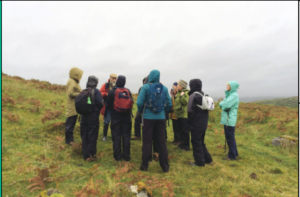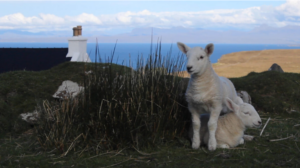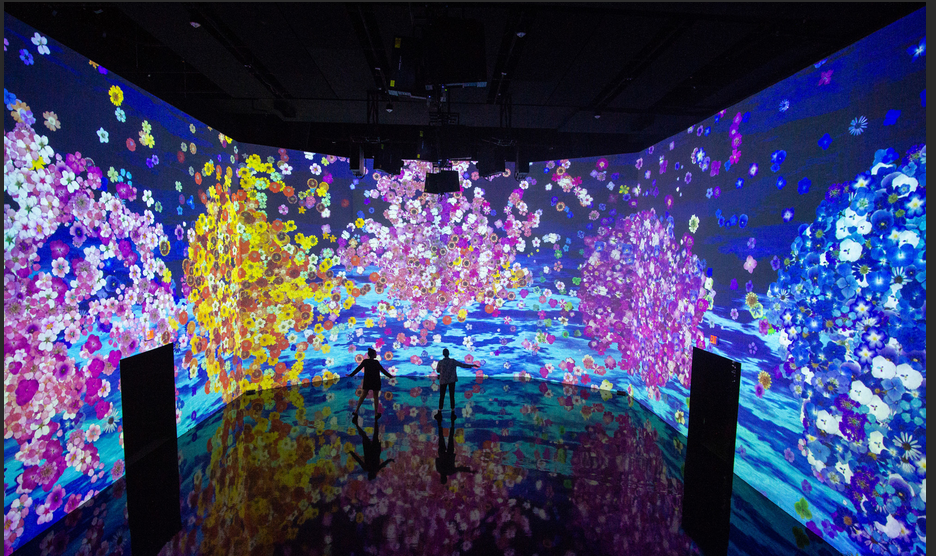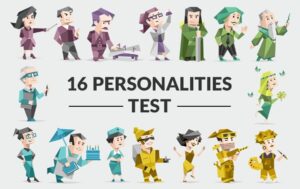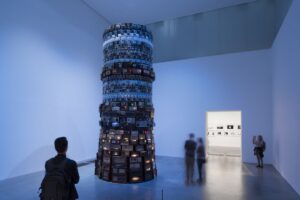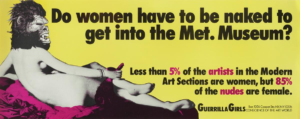Bedel (2021) considered that publishing is the new home studio – multifunctional, portable, accessible, a ‘print community’. Hindley (2019) pointed out that today’s Art Book Fair is not only a venue that represents an independent, previously published scene, but also a central forum for constructing and nurturing communities around publishing as an artistic practice.
In ‘Publishing as artistic practice’ Anne (ed.) explores the evolving role of publishing in contemporary art and culture. It provides insights into how publishing has transcended its traditional boundaries to become an independent form of artistic expression. The discussion includes the shift in publishing practice from physical books to integrated digital platforms, conceptualising publishing as a creative process and a medium for artistic innovation. Key themes include the interplay between text, authorship, and the public sphere, with publishing as an important tool for artistic and cultural engagement. This nuanced view of publishing challenges conventional notions and positions it as a powerful participant in the broader artistic and cultural dialogue. Curators extend their influence beyond the arrangement of works in traditional gallery spaces. Extending the curatorial impact to include: the relationship between the discursive possibilities of artwork and time around artistic practice will have an impact beyond duration.
As does LUX Scotland, a not-for-profit organisation dedicated to supporting, developing and promoting the moving image practice of Scottish artists. Its Artists’ Moving Image Festival: Demonstrating How Publishing Extends the Life and Discourse of Festivals Beyond Their Temporal Boundaries aims to provide a platform for the discussion and presentation of artists’ moving images, demonstrating forms of production and research through screenings and discussi
References:
Anne Gilbert (ed.), Publishing as artistic practice, (Berlin, Germany: Sternbery Press, 2016), Introduction pp. 6-39
Bedel, D. (2021). Publishing as Artistic Practice. [online] Medium. Available at: https://medium.com/@delphinebedel/publishing-as-artistic-practice-9a80153abd73 [Accessed 30 Apr. 2024].
Hindley, V. (2019). Publishing as Artistic Practice: In Conversation With Michalis Pichler. [online] The MIT Press Reader. Available at: https://thereader.mitpress.mit.edu/publishing-as-artistic-practice/.
luxscotland.org.uk. (n.d.). Artists’ Moving Image Festival. [online] Available at: https://luxscotland.org.uk/programme/projects/artists-moving-image-festival [Accessed 30 Apr. 2024].


